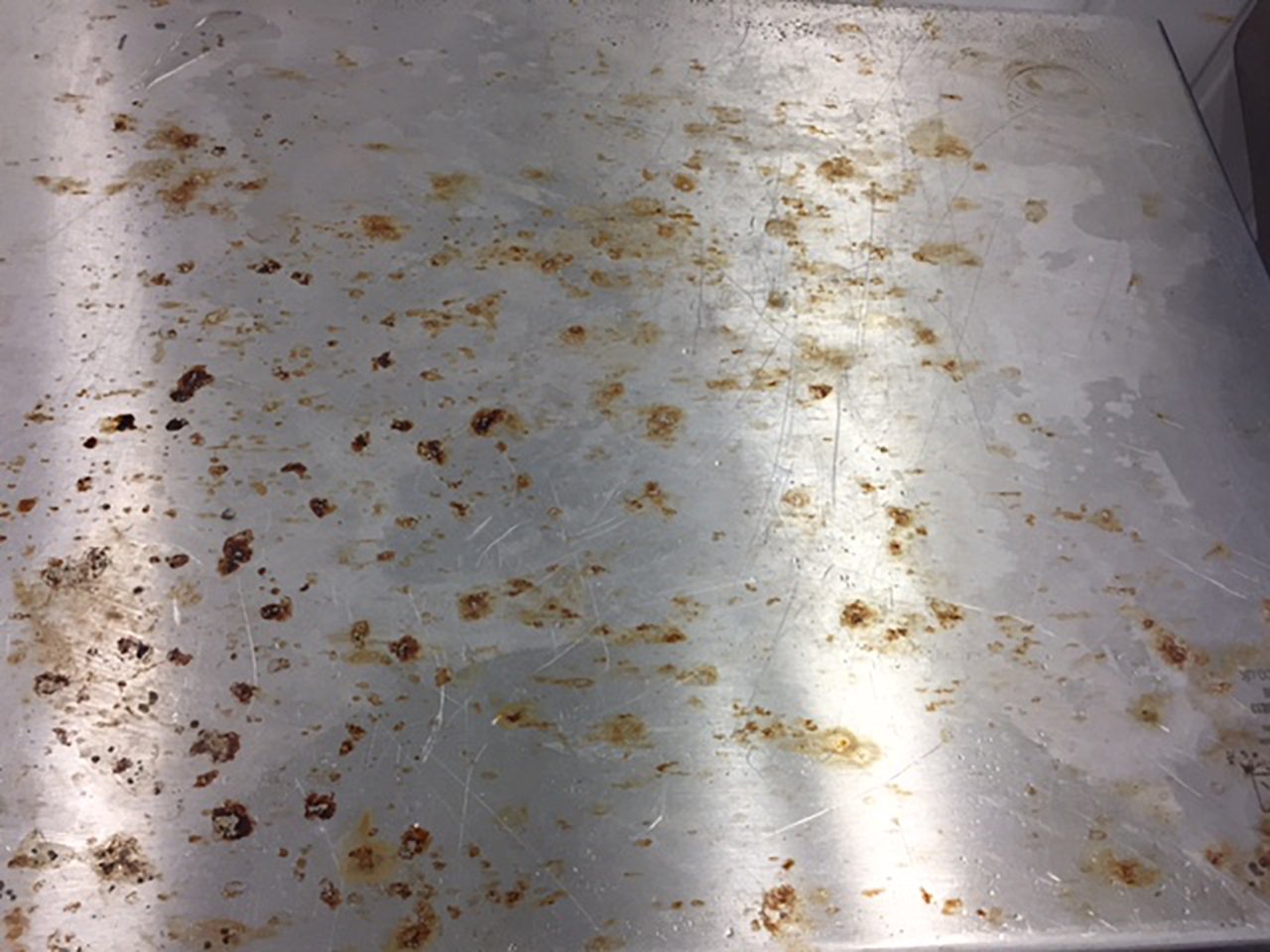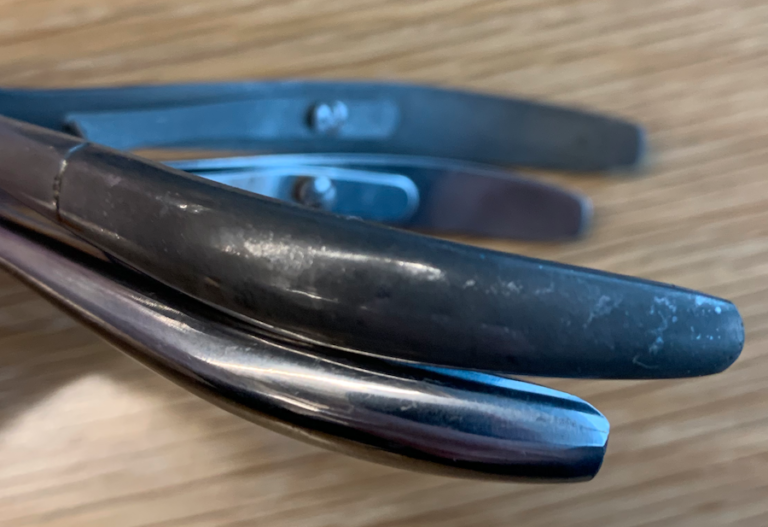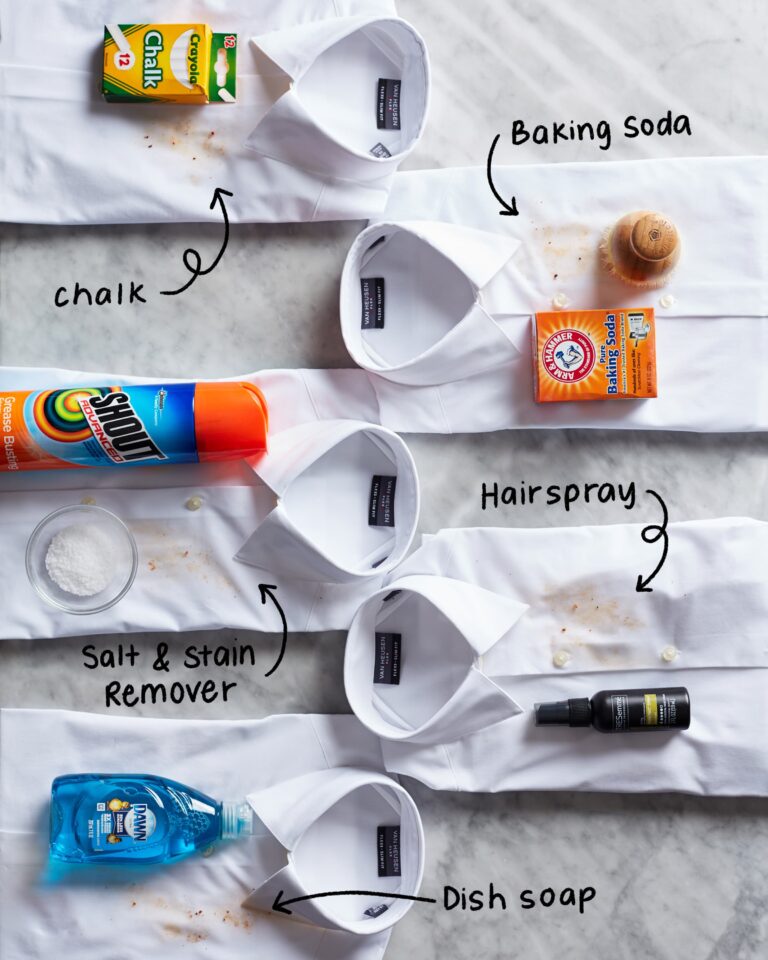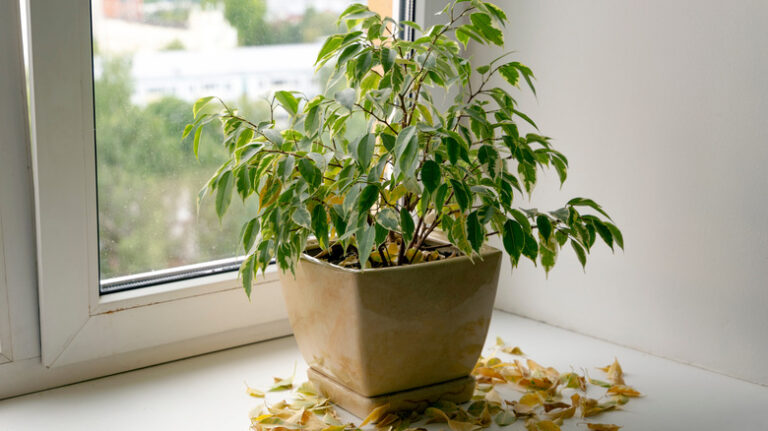What Will Damage Stainless Steel?
Stainless steel is a durable and corrosion-resistant metal that is used in a variety of industries and applications. However, despite its many advantages, stainless steel is not impervious to damage and can be compromised by the wrong conditions or improper use. Common causes of damage to stainless steel include exposure to aggressive chemicals, high temperatures, abrasive cleaning, and inadequate maintenance. In some cases, stainless steel may also become damaged due to an incorrect alloy selection. To prevent damage to stainless steel, users should be aware of the environmental conditions and proper use and maintenance of the material.
Common Causes of Corrosion and Damage to Stainless Steel
Stainless steel is a popular material for applications that require strength and durability. While stainless steel is generally resistant to corrosion, it is not entirely immune. Damage to stainless steel can occur due to a variety of causes, including environmental factors, improper installation, and improper use. Knowing the common causes of corrosion and damage to stainless steel can help prevent costly repairs and downtime.
Environmental factors such as humidity, chlorine, air pollution, and salt water can all cause corrosion and damage to stainless steel. Chloride ions, for example, can cause pitting and crevice corrosion. Proper maintenance and cleaning can help prevent these types of corrosion.
Improper installation of stainless steel can also lead to damage. Installing stainless steel in an environment that is not conducive to its properties can lead to corrosion or other damage. It is important to use the correct grade of stainless steel for the application and to use proper installation techniques.
Improper use of stainless steel can also lead to damage. Using a stainless steel product in an environment or application for which it is not designed can lead to premature wear and tear or failure of the product. Additionally, using abrasive materials or harsh cleaning products on stainless steel can cause damage or deterioration.
Knowing the common causes of corrosion and damage to stainless steel can help prevent costly repairs and downtime. It is important to use the correct grade of stainless steel for the application, to use proper installation techniques, and to take the necessary steps to maintain and clean stainless steel in order to keep it in optimal condition.
Types of Corrosion and Damage
Stainless steel is an incredibly strong and durable material, but it is not immune to damage. In order to understand what can damage stainless steel, it is important to first understand the different types of corrosion and damage that can occur. Corrosion is a chemical reaction that results in the formation of rust or other compounds on the surface of the metal. Corrosion can occur in the form of pitting, crevice corrosion, intergranular corrosion, and galvanic corrosion. Pitting is caused by the accumulation of chloride ions on the surface of the stainless steel and is the most common form of corrosion. Crevice corrosion occurs when a sealed crevice is exposed to an electrolyte, such as salt water, and is often found in marine environments. Intergranular corrosion occurs when the grain boundaries of the stainless steel are exposed to an aggressive environment, such as acid or a caustic solution. Galvanic corrosion occurs when two different types of metal are in contact with each other, and one of them corrodes faster than the other. Other forms of damage to stainless steel can include mechanical damage, such as scratches, abrasions, and dents, as well as thermal damage, such as warping or discoloration.
It is important to understand the different forms of corrosion and damage that can occur in stainless steel in order to ensure that it is properly protected and maintained. Regular maintenance and cleaning of stainless steel is essential to prevent corrosion and damage. In addition, it is important to take proper precautions when handling stainless steel, such as using protective clothing and gloves, to ensure that it is not scratched or dented.
Preventing Damage to Stainless Steel
Stainless steel is a popular material choice for many applications due to its durability, attractiveness, and resistance to corrosion. Despite its strength, stainless steel is not impervious to damage and can be affected by various environmental factors. To maintain the material’s longevity and optimal performance, it’s important to properly care for and protect stainless steel from potential damage.
Exposure to harsh chemicals, extreme temperatures, and ultraviolet radiation can all cause damage to stainless steel. Cleaning products containing chlorides, such as bleach, can corrode the material’s surface, and acidic materials, such as vinegar or lemon juice, can cause discoloration. It’s important to use mild detergent and water when cleaning stainless steel to protect it from damage.
Extreme temperatures can also damage stainless steel, resulting in cracks or deformation. To ensure the material remains in good condition, keep stainless steel away from heat sources, such as open flames, and avoid sudden temperature changes.
Finally, stainless steel is susceptible to damage from ultraviolet radiation. To protect the material, keep it out of direct sunlight when possible. Additionally, applying a protective finish, such as paint or varnish, can reduce the material’s exposure to UV rays.
By following these guidelines, you can help protect your stainless steel from damage and ensure it remains strong and attractive for years to come.
Cleaning and Maintenance Practices to Preserve Stainless Steel
Stainless steel is one of the most durable materials available for use in a variety of applications, from industrial to residential. It is known for its corrosion-resistance and long-term durability, which is why it is so popular in construction and engineering. However, stainless steel can be damaged if proper care and maintenance practices are not followed. This article will provide an overview of what can damage stainless steel and the cleaning and maintenance practices that should be followed to ensure its longevity.
The first potential cause of damage to stainless steel is exposure to certain chemicals, such as chlorides, hydrochloric acid, and sulphur compounds. These chemicals can corrode the surface of the steel, leading to pitting, flaking, and discoloration. It is important to be aware of the chemicals that may be present in the environment and take measures to protect the stainless steel from them.
In addition to chemical exposure, stainless steel can be damaged by physical impacts. This can include abrasion, scratches, and dents. To reduce the likelihood of physical damage, it is important to handle stainless steel objects with care and avoid allowing them to come into contact with sharp or abrasive surfaces.
Finally, stainless steel can be damaged by high temperatures and UV radiation. It is important to keep stainless steel out of direct sunlight and away from heat sources, such as stoves and ovens. Additionally, it is important to clean and polish stainless steel regularly to help prevent corrosion.
By following these cleaning and maintenance practices, you can preserve your stainless steel and ensure its longevity. Be sure to keep it away from chemicals, protect it from physical impacts, and keep it out of direct sunlight. With proper care, your stainless steel will remain in excellent condition for years to come.

Repairing Damaged Stainless Steel
Stainless steel is a durable and resilient material, used in many applications due to its strength and corrosion resistance. However, it can be damaged by certain substances and processes, which can degrade its properties and cause it to be less effective. Knowing what can damage stainless steel is important for keeping your steel products in good condition.
Repairing stainless steel is a complicated process and should only be done by a professional. Depending on the type of damage, a variety of techniques can be used, including welding, grinding, or sanding. In some cases, stainless steel can be heat treated to restore its original properties. It’s important to note that some types of damage may not be repairable, so it’s best to consult a professional before attempting any repairs.
Taking the proper steps to protect stainless steel will help ensure its longevity. Regular cleaning and inspection can help identify potential issues before they become too severe. And if you suspect your stainless steel is damaged, it’s important to reach out to a professional as soon as possible to begin the repair process. With the right care and maintenance, your stainless steel products can remain in good condition for years to come.
The Cost of Damage to Stainless Steel
Stainless steel is a resilient and durable material used in a variety of applications. However, it is not immune to damage and can suffer from corrosion, scratches, and other forms of wear and tear over time. When damage to stainless steel surfaces, it can cost a business or individual a significant amount of money. To avoid the cost of damage to stainless steel, it is important to understand what causes it and how to prevent it.
The most common causes of damage to stainless steel are corrosion or rusting, scratches, and improper cleaning and maintenance. Corrosion or rusting can be caused by exposure to moisture, salt, or other chemicals. In the case of scratches, they can be caused by improper handling or cleaning techniques. Improper cleaning and maintenance can also lead to corrosion or other forms of damage.
To prevent damage to stainless steel, there are several steps that can be taken. The first is to use the proper cleaning and maintenance products, such as stainless steel cleaners and polishes, to keep the surface clean and free from harmful substances. Additionally, it is important to avoid using abrasive materials on stainless steel surfaces, as they can cause scratches or other damage. Lastly, it is important to store stainless steel in a dry environment and inspect it regularly for signs of wear and tear.
By understanding what causes damage to stainless steel and taking the appropriate steps to prevent it, businesses and individuals can save money and time in the long run. Taking the time to ensure that stainless steel is properly cared for and maintained can help to ensure that it remains in good condition for years to come.
The Benefits of Investing in Quality Stainless Steel
Stainless steel is a durable and long-lasting material, making it an ideal choice for many products and applications. Its resistance to corrosion and its ability to withstand extreme temperatures make stainless steel a popular choice for many industries. Its non-reactive properties make it safe to use in food processing and other industrial applications. But what will damage stainless steel? To ensure the best performance and longevity of your stainless steel investment, it is important to understand the potential threats and how to protect your investment.
When exposed to certain elements, stainless steel can corrode and become vulnerable to damage. These elements include salt, chlorine, and acidic and alkaline substances. Poor quality stainless steel may also be more susceptible to damage, so it is important to invest in quality stainless steel to ensure the best performance.
To protect your stainless steel investment, be sure to clean and maintain it regularly. This will help remove any corrosive substances that may be present and protect the stainless steel from further damage. Additionally, be sure to use the correct cleaning and polishing agents, as some cleaning products can damage the material’s surface.
By investing in quality stainless steel and taking proper care of it, you can ensure your investment will last for years to come. Understanding the threats to stainless steel and taking the necessary steps to protect it will ensure you get the most out of your investment.
The Long-Term Value of Quality Stainless Steel
Stainless steel is an incredibly popular material due to its durability and versatility. It’s often used in industrial and architectural settings, and is a staple in many homes and businesses. However, stainless steel is not indestructible, and there are certain things that can damage it over time. In order to preserve the long-term value of your stainless steel, it’s important to understand what can damage it and how to prevent it.
Corrosion is one of the most common sources of damage to stainless steel. The presence of moisture or other corrosive agents, such as salt, can lead to rust and tarnish on the surface. To prevent stainless steel from corroding, it’s important to clean it regularly and keep it away from moisture. Additionally, protective coatings, such as wax or oil, can be applied to the surface to provide extra protection.
Stainless steel is also prone to scratching and denting. Scratches can be caused by a variety of sources, including sharp objects, abrasive surfaces, and even improper cleaning techniques. To prevent scratches, try to use gentle cleaning products and avoid using abrasive materials. Additionally, proper storage and handling are essential to help protect the surface from damage.
Finally, heat can also damage stainless steel. Excess heat can cause warping and discoloration, which can reduce the value of the material. To prevent this, it’s important to make sure that the stainless steel is not exposed to temperatures above its melting point.
By understanding the potential sources of damage, you can help ensure that your stainless steel will remain in top condition for years to come. Taking the proper precautions and investing in quality materials can help you maximize the long-term value of your stainless steel and protect your investment.
FAQs About the What Will Damage Stainless Steel?
Q: Does heat damage stainless steel?
A: Yes, high temperatures can damage stainless steel by causing it to become brittle and crack. It can also cause discoloration of the surface.
Q: Does chlorine damage stainless steel?
A: Yes, chlorine and its compounds can damage stainless steel and cause it to corrode over time. It can also cause the surface to become pitted and discolored.
Q: Does salt damage stainless steel?
A: Yes, salt can damage stainless steel and cause it to corrode over time. It can also lead to pitting and discoloration of the surface.
Conclusion
In conclusion, stainless steel is an incredibly durable and corrosion-resistant material, but it can be susceptible to damage from certain substances and environments. These can include chlorine, ammonia, salt, acids, and high temperatures. It is important to be aware of these potential risks and take steps to protect your stainless steel from them to ensure its longevity.





